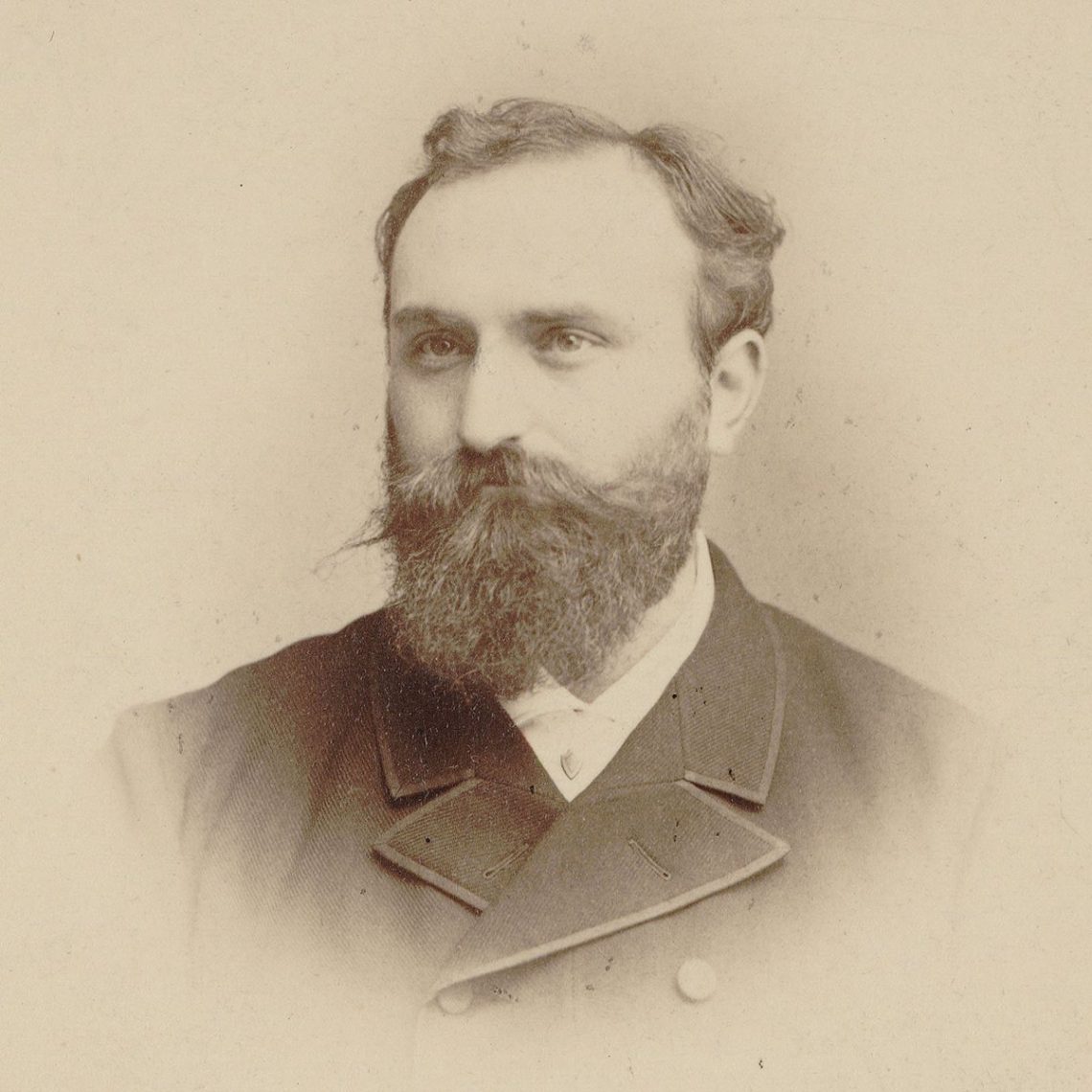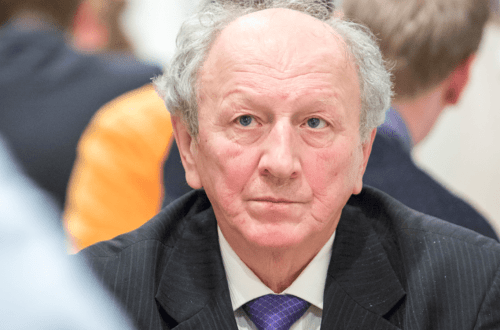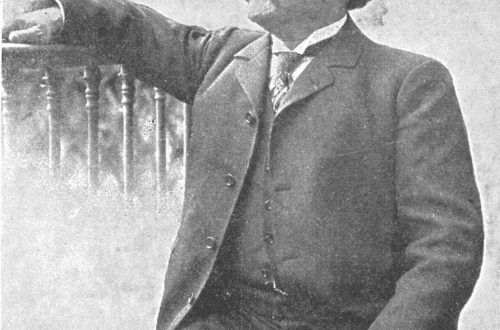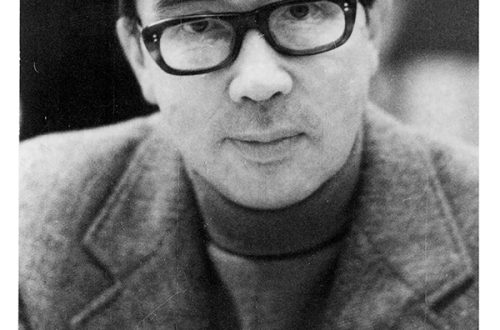
Ernest Chausson |
Contents
Ernest chausson
He studied at the Paris Conservatory in the composition class of J. Massenet (1880). In 1880-83 he took lessons from S. Frank. From 1889 he was secretary of the National Musical Society. Already Chausson’s early works, primarily vocal cycles (seven songs to lyrics by Ch. Leconte de Lisle, A. Sylvester, T. Gauthier, and others, 7-1879), reveal his penchant for refined, dreamy lyrics.
Chausson’s music is characterized by clarity, simplicity of expression, refinement of color. Massenet’s influence is noticeable in his early works (4 songs to lyrics by M. Bouchor, 1882-88, etc.), later – R. Wagner: the symphonic poem “Vivian” (1882), the opera “King Arthus” (1886-1895) written on the plots of the legends of the so-called. the Arthurian cycle (due to which the analogy with the work of Wagner is especially clear). However, in developing the plot of the opera, Chausson is far from the pessimistic concept of Tristan and Isolde. The composer abandoned the extensive system of leitmotifs (four musical themes serve as the basis for development), the dominant role of the instrumental beginning.
In a number of Chausson’s works, the influence of Frank’s work is also undoubtedly, manifested primarily in the 3-part symphony (1890), in its principles of structure and motivic development; at the same time, the refined, faded orchestral color, lyrical intimacy (2nd part) testify to Chausson’s passion for the music of the young C. Debussy (acquaintance with whom in 1889 turned into a friendship that lasted almost until Chausson’s death).
Many works of the 90s, for example, the Greenhouses cycle (“Les serres chaudes”, to lyrics by M. Maeterlinck, 1893-96), with their restrained recitation, exquisitely unstable harmonic language (wide use of modulations), subtlety sound palette, can be attributed to early impressionism. The “Poem” for violin and orchestra (1896), highly appreciated by Debussy and performed by many violinists, gained particular fame.
Compositions:
operas – The whims of Marianne (Les caprices de Marianne, based on the play by A. de Musset, 1884), Elena (according to Ch. Leconte de Lisle, 1886), King Arthus (Le roi Arthus, lib. Sh., 1895, post. 1903, t -r “De la Monnaie”, Brussels); cantata Arab (L’arabe, for skr., male choir and orchestra, 1881); for orchestra – symphony B-dur (1890), symphony. Vivian’s poems (1882, 2nd edition 1887), Solitude in the forest (Solitude dans les bois, 1886), Festive evening (Soir de fkte, 1898); Poem Es-dur for Skr. with orc. (1896); Vedic hymn for choir with orch. (Hymne védique, lyrics by Lecomte de Lisle, 1886); for women choir with fp. Wedding Song (Chant nuptial, lyrics by Leconte de Lisle, 1887), Funeral Song (Chant funebre, lyrics by W. Shakespeare, 1897); for a cappella choir – Jeanne d’Arc (lyric scene for soloist and women’s choir, 1880, possibly a fragment of an unrealized opera), 8 motets (1883-1891), Ballad (lyrics by Dante, 1897) and others; chamber instrumental ensembles – fp. trio g-moll (1881), fp. quartet (1897, completed by V. d’Andy), strings. quartet in c-minor (1899, unfinished); concerto for skr., fp. and strings. quartet (1891); for piano – 5 fantasies (1879-80), sonatina F-dur (1880), Landscape (Paysage, 1895), Several dances (Quelques danses, 1896); for voice and orchestra – Poem of Love and the Sea (Poeme de l’amour et de la mer, lyrics by Bouchor, 1892), Eternal Song (Chanson perpetuelle, lyrics by J. Cro, 1898); for voice and piano – songs (St. 50) on the next. Lecomte de Lisle, T. Gauthier, P. Bourget, Bouchor, P. Verlaine, Maeterlinck, Shakespeare and others; 2 duets (1883); music for drama theater performances – The Tempest by Shakespeare (1888, Petit Theater de Marionette, Paris), The Legend of St. Caecilians” by Bouchor (1892, ibid.), “Birds” by Aristophanes (1889, not post.).
V. A. Kulakov





